News
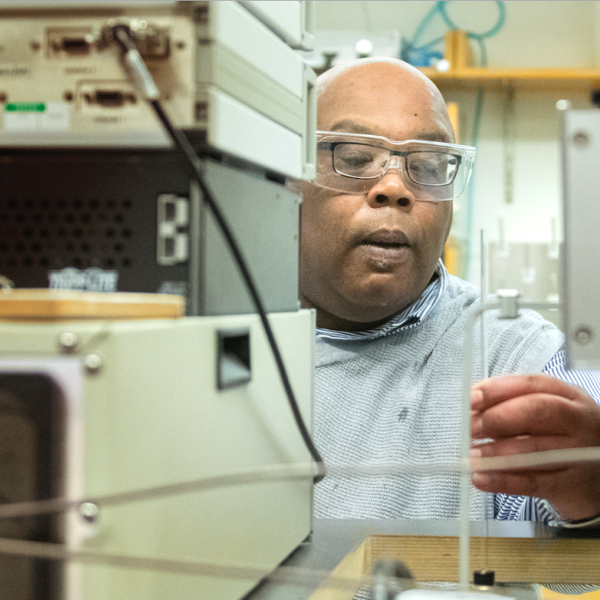
Apr 27, 2021
Squire Booker named inaugural fellow of the American Society for Biochemistry and Molecular Biology
Squire J. Booker, Evan Pugh Professor of Chemistry and of Biochemistry and Molecular Biology at Penn State, holder of the Eberly Family Distinguished Chair in Science, and investigator with the Howard Hughes Medical Institute, has been named an inaugural fellow of the American Society for Biochemistry and Molecular Biology.
Full Article
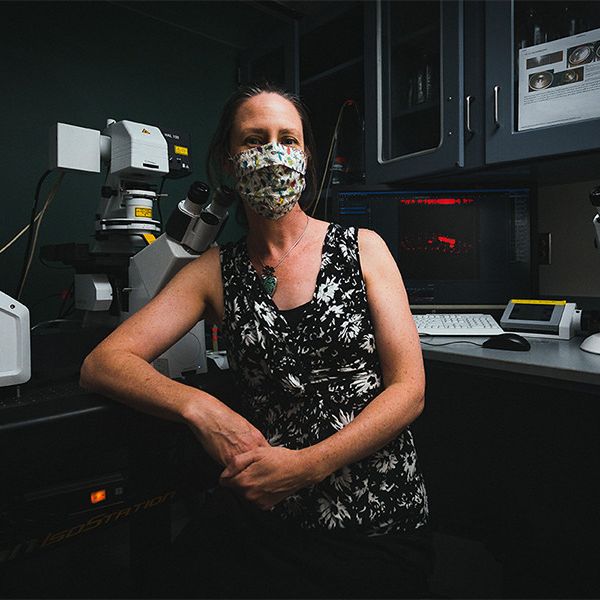
Apr 22, 2021
MCIBS head Melissa Rolls honored with 2021 Graduate Program Chair Leadership Award
Melissa Rolls, Paul Berg Professor of Biochemistry and Molecular Biology, in the Eberly College of Science, is the 2021 recipient of Penn State's Graduate School Alumni Society Graduate Program Chair Leadership Award.
Full Article

Apr 22, 2021
Bypassing broken genes
A new approach to gene editing using the CRISPR/Cas9 system bypasses disease-causing mutations in a gene, enabling treatment of genetic diseases linked to a single gene, such as cystic fibrosis, certain types of sickle cell anemia, and other rare diseases
Full Article
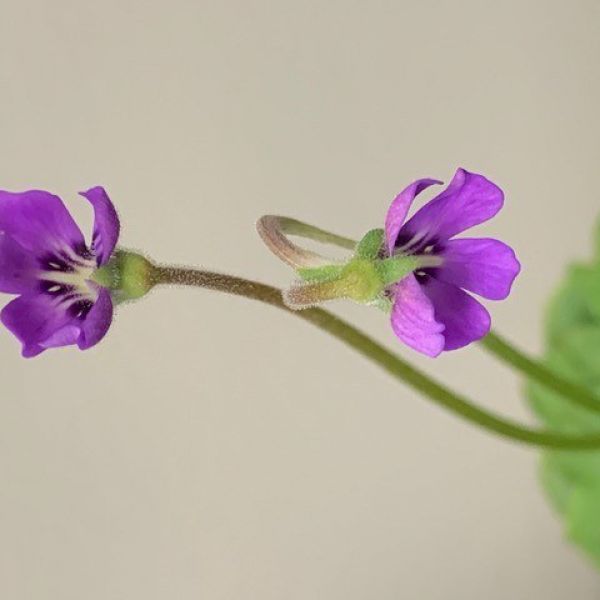
Apr 21, 2021
Little crop of horrors
An international team of researchers has received a grant from the Human Frontier Science Program to investigate how carnivory-related genes, such as those involved in digestion, could help crops not only avoid pests, but also thrive in low-nutrient environments.
Full Article

Apr 19, 2021
Plant Biology Students Help Solve Mystery of Turfgrass "Memory"
Poa annua, or annual bluegrass, a turfgrass species commonly found on golf course putting greens around the world, possesses transgenerational memory, “remembering” whether its parent was mowed or not mowed, according to a new study by Penn State researchers.
Full Article
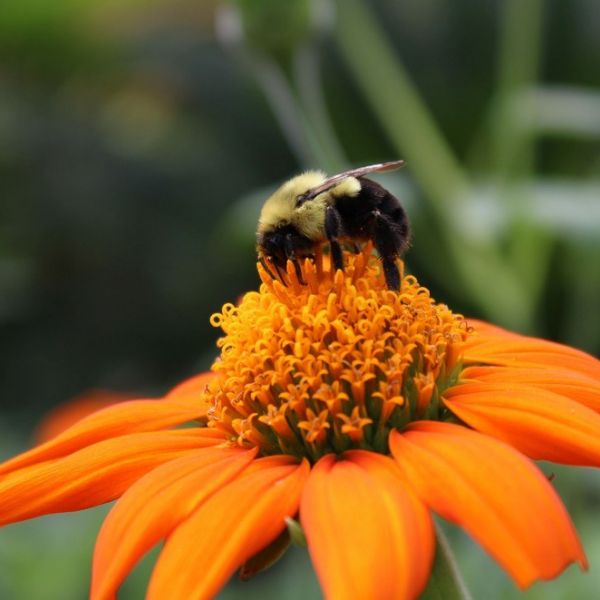
Apr 14, 2021
USDA grant to support expansion of online tool for pollinator conservation
A Penn State-led research team has received a nearly $950,000 U.S. Department of Agriculture grant to create the next generation of an online decision-support tool designed to help conserve pollinator populations across the United States.
Full Article

Apr 12, 2021
Physiology Graduate Student Wins Top Prize at Graduate Exhibition
Huck Graduate Student Advisory Committee President Isabel da Silva was given top honors in the Health & Life Sciences category of the 2021 Graduate School Exhibition
Full Article

Apr 08, 2021
New position will support graduate and post-graduate training
Donna Korzick, professor of physiology and kinesiology, recently assumed a new role as director of graduate training initiatives in the Huck Institutes for the Life Sciences. In this role, Korzick is dedicating half of her time to support the application for and execution of training grants from organizations like the National Institutes of Health.
Full Article
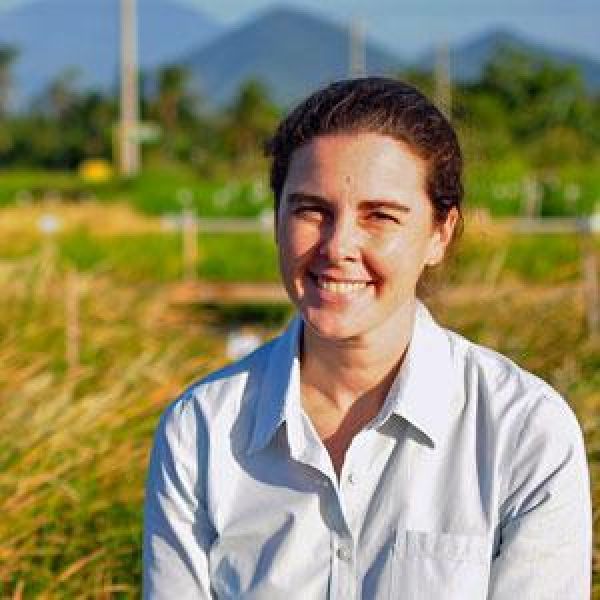
Apr 08, 2021
Plant Biology alumna receives humanitarian award
Plant Biology graduate program alumna Amelia Henry has received the Graduate School Alumni Society Humanitarian Award. This award recognizes an alumnus/alumna holding a graduate degree from Penn State who has made a positive societal impact on the welfare of humankind beyond the responsibilities of one’s profession.
Full Article
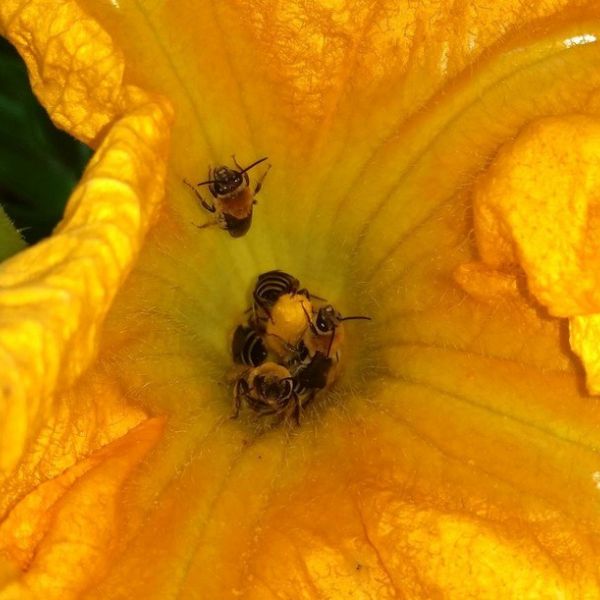
Apr 07, 2021
Entomologist to examine how plant domestication influences pollinator evolution
A grant of nearly $1.4 million from the National Science Foundation will support a researcher in Penn State's College of Agricultural Sciences in a study examining the influence of plant domestication on the ecology and evolution of wild pollinator species in agricultural landscapes.
Full Article